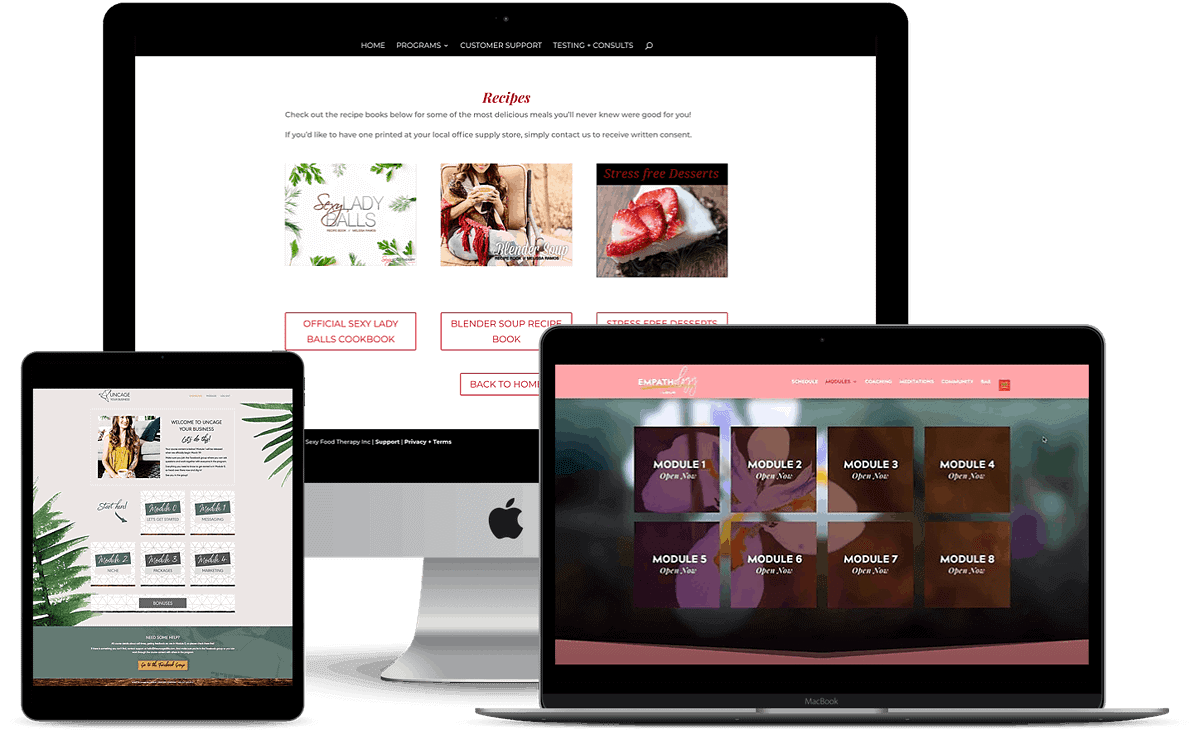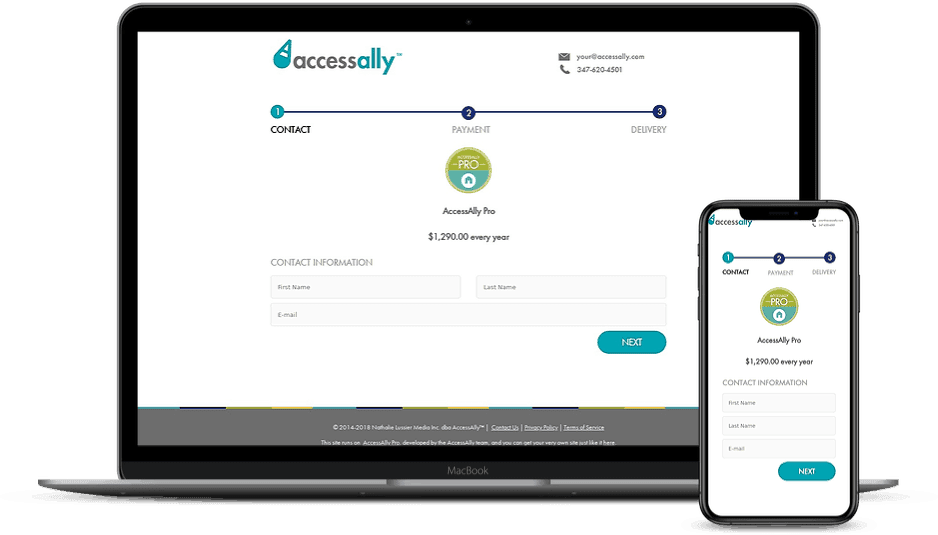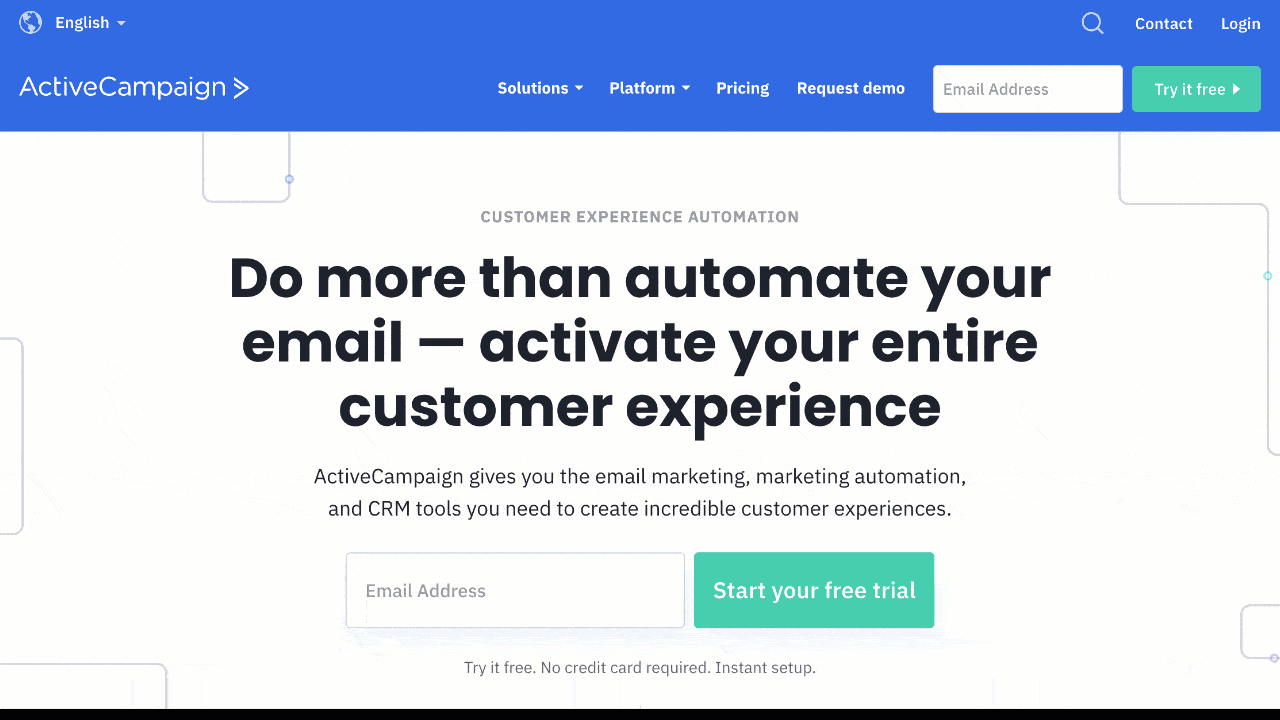Many online business owners are looking for new ways to monetize their digital content. In this blog post, we will go over the most common monetization models and strategies that you can use to generate revenue from your digital content.
The first thing that you should know is that digital content monetization strategies vary greatly depending on the type of digital content you have. We’ll go into more detail about these differences in just a bit, but first let’s define what content monetization actually is.
What is Content Monetization
Content monetization is the process of generating revenue from your digital content. It can be a difficult task, but there are plenty of models and strategies that you can use to generate income for your business.
One common way to do this is by allowing ad placements on your website or videos, but in this post we are focusing on how to generate revenue by selling the digital content you have created.
Content monetization is related to, but shouldn’t be confused with content marketing.
Content Marketing vs. Content Monetization


Some people might confuse content monetization with content marketing but the two are very different.
Content marketing is the process of generating digital leads or prospects for your business using various forms of content.
This can be done by publishing content on your website such as a blog post, social media posts, and other digital channels that are related to your product or service.
The goal of content marketing is to pique your audience’s interest and capture their attention with content that’s so good, they’ll gladly pay you for more.
Your content marketing strategies impact your content monetization efforts. Great content marketing leads to increased sales for your digital content.
Benefits of Content Monetization
Not only will a great content monetization strategy bring in revenue for your business, there are additional benefits to leveraging this type of business model.
Reach a Global Audience
Digital content monetization is a prime opportunity for scaling your business and reaching a global audience.
With digital content, you can tap into different regions of the world that may not be able to access your business in person. Your access to potential leads and customers is unlimited.
Establish Credibility and Build Authority
Once you establish yourself as a leader in your industry, your audience comes to know and trust you based on the high-value content you create and share. You’ve established credibility and as you begin to charge for access to your premium content you become an authority on the subject.
A content monetization platform helps establish the same amount of credibility and trust in your offerings. Users are willing to hand over their money because they believe it’s worth the investment based on what you’ve delivered at no cost.
7 Ways to Monetize your Content
When it comes to monetizing your audience, your potential is endless. Here are 7 strategies you can use to increase revenue with content monetization.
Subscriptions & Membership Sites


With a subscription or membership model, you are selling access to exclusive content that your audience would not be getting elsewhere.
If you have unique knowledge or are an expert in a subject, your audience may pay you to have regular access to that.
Creating a membership site allows you to generate a steady stream of recurring revenue by offering more in-depth content on a subscription basis. Examples may include in-depth video or audio training, direct access to you via individual or group calls, a members-only forum, how-to lessons, or expert trainings with your colleagues available exclusively to your members.
You can also send out exclusive content via a newsletter to your members and create e-books or guides that are available only for the paying subscribers of your membership.
If you’re going the subscription or membership route, be creative and mix up the type of content you offer your subscribers to keep them engaged and the fear of missing out will help increase retention rates and reduce churn. Exclusive training videos or a live webinar where members can interact with you directly are great ways to keep them engaged and excited for more.
In our experience, a lot of members join because of the content but stay for the community so be sure your membership has a community element to keep your members engaged and your recurring revenue numbers will increase month after month.
There are so many ways you can structure your membership to sell your content. Whether you give members access to a wide range of content with their subscription to digest at their own pace, or drip content out over time you have a lot of flexibility in how this content monetization strategy can support your revenue goals.
Create and Sell Online Courses


Similar to a membership site, you can sell access to online courses as a way to monetize your digital content.
The more time invested into creating these courses for your audience, the higher revenue potential it has to offer.
The format and delivery is completely up to you, but a well-designed course that keeps your participants engaged with the material and achieving their desired results will lead to even more sales over time.
Monetize your Webinars
Webinars can be used in content marketing and content monetization.
Content marketers leverage the power of webinars to build up excitement leading up to enrollment for your online courses, membership site, or other paid offerings.
However, you can also charge a fee for access to your webinar. You could even turn your webinar into a series of webinars that individuals pay a subscription to access over a designated period of time.
A digital content monetization strategy for webinars could look like this. You charge $47 for access to the webinar and then give away a digital product like an ebook or audio series as part of the offer.
Your webinar leads to additional sales opportunities for another digital asset that can be sold over time.
Get Paid to Write
Another content monetization strategy is to create paid content for other businesses.
Some websites and blogs will pay you to write articles with high-value content for their websites, and conversely, you can have writers pay you to publish content for them on your blog.
You can also create trainings for other membership site owners or online course creators and get paid to share your knowledge with their audience.
Oftentimes, membership site owners will receive requests for trainings or material on a topic that may not be their area of expertise. Instead of sharing another program with them, they may supplement the content they deliver with that of other experts to keep their members engaged in their community and onboard for a longer period of time. In this case, it makes sense for them to pay other experts to contribute to their business.
Virtual Events and Telesummits
Many business owners who ran in-person events were forced to pivot due to COVID. Virtual events took off in popularity during this time. Event hosts were able to move online and still monetize the delivery of the event.
While a virtual event doesn’t always pack the same amount of excitement generated by the attendees an in-person event does, event owners are still able to deliver a ton of value through their presentations and content delivery.
Telesummits are also a great way to monetize digital content. Many telesummits are a free virtual event for anyone who participates – a great content marketing strategy, by the way, but many also transition into a paid offering after all of the scheduled sessions are complete.
Monetizing this digital content helps cover the time and money investment in organizing and setting up the telesummit. You also have a large number of new leads to sell your other paid offerings over time.
In-Person Event Ticket Sales
Selling tickets for an in-person event is another way to monetize your content. People are paying to attend the event to gain as much knowledge as possible from the speakers and sessions the event has to offer.
Many events even leverage the excitement and momentum of the event to pitch additional paid offerings. It’s a natural transition for those attending the event but wanting more from the host.
In the past, our founder opened applications for a high-end mastermind experience led by her at the end of the in-person 3-day event. It’s easier to sell to existing customers than cold leads. Many other industry leaders use this same strategy to sell their high-ticket coaching packages and year-long mastermind experiences.
You can even sell access to the event recordings as a way to monetize the digital content from the event.
Affiliate Marketing
Affiliate marketing is a great content monetization strategy for online business owners.
Not only can you increase sales for your paid offerings by creating an affiliate program so others can promote your paid offerings, but you can also be an affiliate for other businesses.
Writing reviews for other products and programs that you choose to be an affiliate for is a way to monetize the content you create for the offer. You’ll earn a commission from the business owner for anyone who buys based on your review and recommendation.
Technology to Monetize your Digital Content
To monetize your digital content there are a few tech tools you’ll need to have in your tech stack. At minimum, you will need a payment processor to collect payment and a place to house your digital content.
This could be a very bare-bones setup, or a more organized, well-designed digital home. Let’s take a look at the tech tools you’ll want to consider for your digital content monetization.
Payment Processor


At a minimum, you’ll need a payment processor such as Stripe, PayPal, or Authorize.net to process payments for your digital content.
Depending on how you plan to deliver your paid content, you may invest in a shopping cart plugin such as WooCommerce, SamCart, or ThriveCart.
If you plan to gate your content behind a paywall with a membership site or online course portal, your membership site plugin or LMS may have built-in e-commerce functionality.
If it does, you’ll only need the payment processor to integrate directly with your software of choice for collecting payment.
Membership Plugins and Learning Management Systems
If you plan to set up recurring subscriptions for access to your digital content, a membership plugin or platform will make it easy to grant access to your content for each new customer seamlessly.
There’s no shortage of membership solutions available, but they’re not one-size-fits-all so take some time to think about how you plan to deliver your content, what type of membership model you want to use, and how you want your membership site to look when researching the best membership solution for your digital content business.
If you sell online courses or a mix of memberships and online courses you’ll want to ensure your membership plugin includes a learning management system (LMS) or seamlessly integrates with one to deliver a great experience for your participants.
Our plugin, AccessAlly, is an all-in-one membership and LMS that’s designed to help get you up and running on a solid foundation that’s built to flex and grow with you.
Blog
If your marketing strategy leverages content marketing to build a list of leads to monetize with your digital content, you’ll want to ensure your website is set up with a blog for publishing high-value content for your target market.
You’ll also be able to publish reviews and promotional content to your blog for complimentary products and programs that you may choose to be an affiliate for as an additional source of income.
CRM or Email Marketing System


To store your leads and communicate with them, as well as your customers you’ll want to ensure you have an email marketing system or CRM in place to manage your contacts.
You’ll also be able to build out email campaigns and funnels to sell your digital content after potenxtial customers opt-in for any lead magnets you have available or buy from you.
Your email marketing system will also make it easy to keep your customers informed about their accounts and can be leveraged to keep them engaged with the content they have purchased with onboarding funnels, renewal reminders, and engagement campaigns.
Take this quiz to find the right CRM or email marketing system for your business.
Which Content Monetization Model is Right for You?
Now it’s time to decide which digital content monetization strategy will best support your income and business goals.
If your goal is to add a recurring revenue model to your business a membership site or subscription-based content monetization strategy is the way to go. You can read more about the most popular membership model in this in-depth article.
If you’re looking to add additional revenue to your existing business model, but don’t have the time and resources to dedicate to a membership, affiliate marketing or getting paid to right might be better fits for you.
We’d love to know which strategy is the most appealing to you, and why in the comments below.


